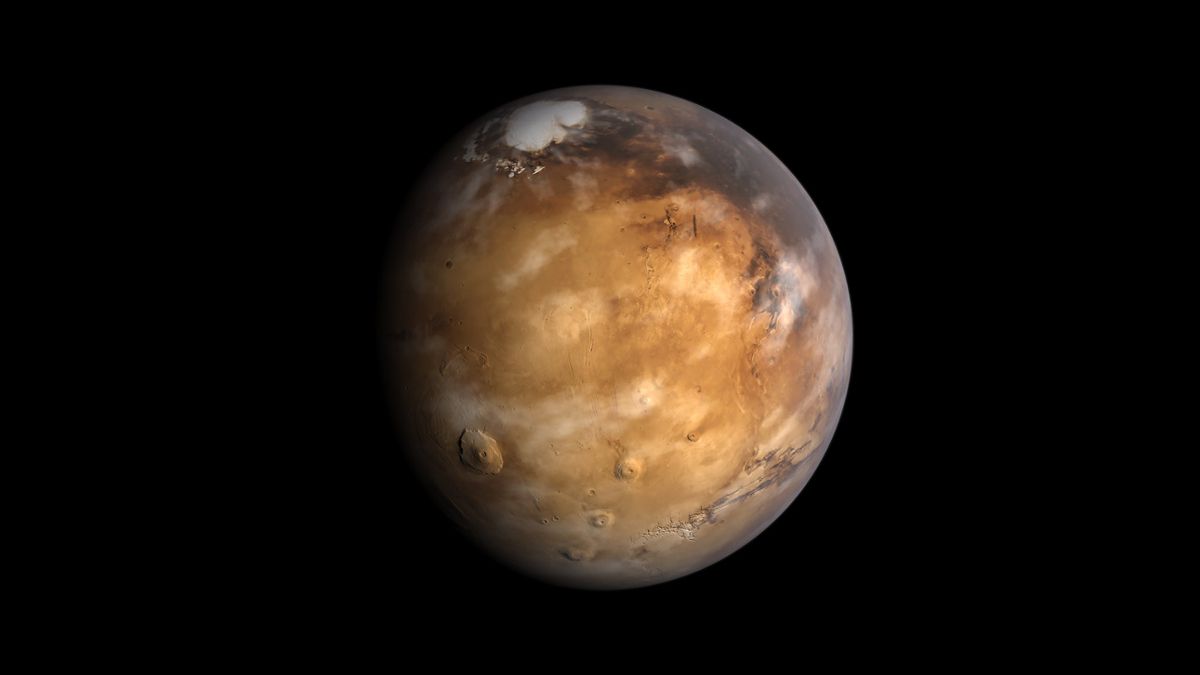The European Space Agency’s Mars Express spacecraft has been orbiting Mars since 2003, and is equipped with radar to map the Martian subsurface. In 2018 researchers working on the project announced a remarkable discovery. They reported observations of radar reflections from lakes of liquid water sealed underneath the ice of the Martian south polar cap.
On Earth, subglacial lakes are fairly common. More than four hundred have been found in Antarctica. While there’s lots of evidence that liquid water existed on Mars in the distant geological past, the radar finding was exciting because it implied that liquid water still exists on Mars today.
The lakes seemed like a great place to search for Martian life. But from the beginning, there were doubters, who noted that only a source of volcanic heat could keep the water from freezing solid in the extreme Martian cold. Modern Mars lacks volcanic activity.
In 2021 three teams of researchers based in North America published research casting further serious doubts on the existence of Martian lakes. The new analysis showed the radar signatures to be more abundant than previously thought, making it even harder to explain how all those lakes could persist in the Martian cold.










